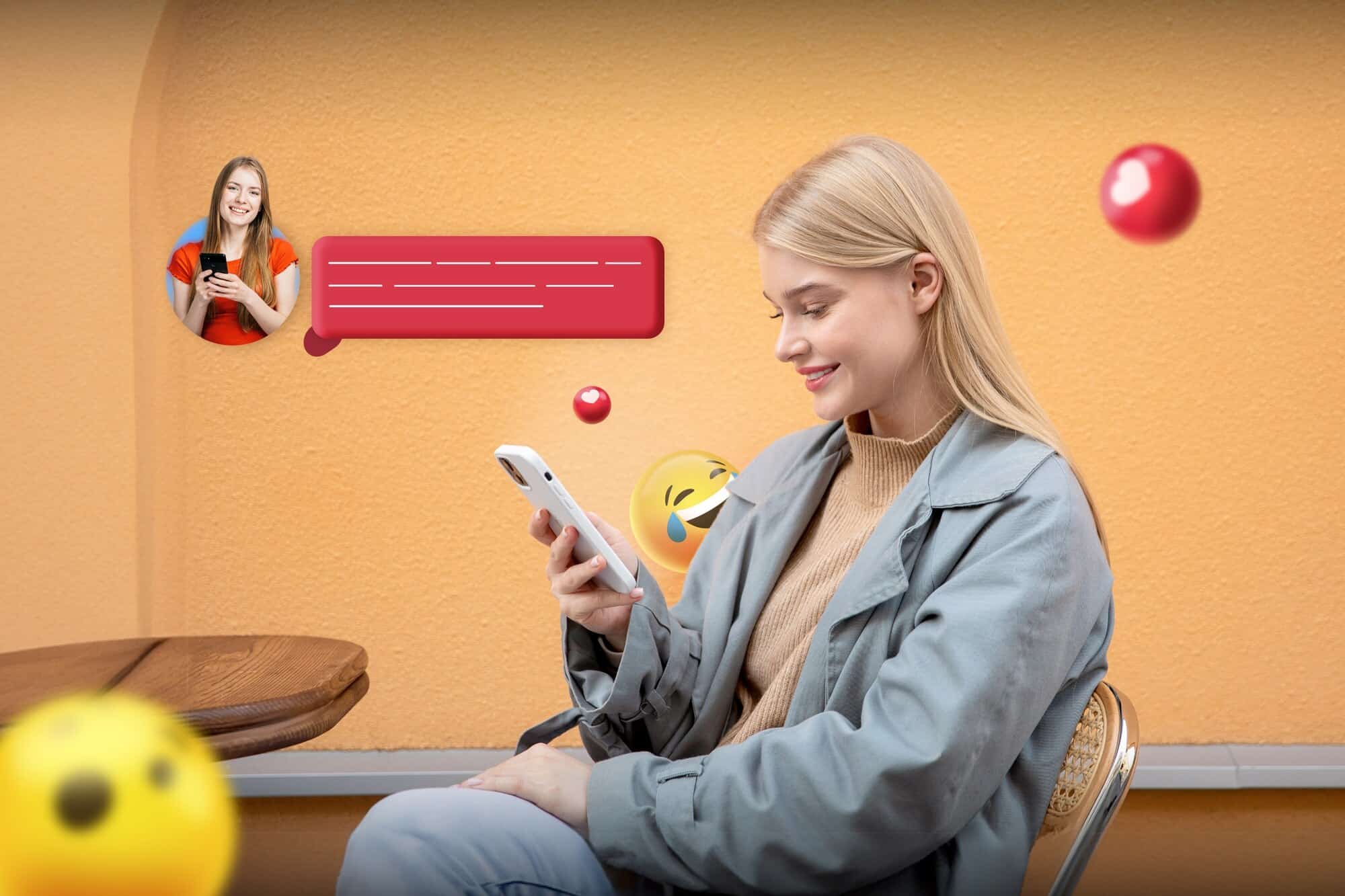Estimated reading time: 8 minutes
Key Takeaways
- Speed and clarity are non-negotiable—customers expect near-instant replies and precise guidance.
- Balance automation with easy access to humans to handle complex or sensitive issues.
- Personalisation—using names, history, and context—turns routine chats into memorable experiences.
- Transparent wait times, data privacy, and first-contact resolution drive trust and loyalty.
- Measure what matters: first response time, handling time, FCR, and CSAT to continuously improve.
Table of Contents
Introduction
Live chat support has changed the way businesses interact with customers online. It enables instant, text-based conversations that feel natural and personal. That immediacy creates a chance to solve problems while a visitor is still on the site—but only if the chat meets the standards customers now demand.
Understanding what people look for in live chat is essential for any firm that wants higher satisfaction scores and repeat business. In our digital world, consumers have little patience for slow or impersonal service. They want quick, accurate answers that respect their time and reflect their individual circumstances.
“Customers don’t just want answers—they want answers that are timely, personal, and easy to act on.”
This guide sets out the elements customers expect from live chat support. Align your approach with these points and you will deliver the kind of experience that keeps people coming back.
Real-Time Assistance and Instant Response
Real-time help is the core promise of live chat. Customers start a conversation because they believe the business can reply right away, often while they are still browsing a product page.
Numbers underline that expectation. Around nine out of ten customers say speed matters greatly, and many look for a reply in under ten minutes. Compare that with email, where waiting hours is common, or phone queues that consume time and attention.
Prompt replies push satisfaction levels up. Roughly 79 percent of consumers in the United States say live chat solves problems quickly, making it their first choice for urgent matters. Fast answers influence purchasing decisions and shape brand perception. After waiting two or three minutes, many users leave the chat window—meaning lost sales and diminished loyalty.
To match the demand for instant support, firms should:
- Staff peak periods properly
- Employ queue management tools
- Show typing indicators so users know an agent is working on a reply
- Offer honest wait-time estimates if there is a delay
- Train agents to juggle several chats without losing quality
Swift, useful replies signal that a business is responsive and customer‑centred—traits buyers actively seek when choosing where to spend money.
24/7 Availability
Round-the-clock service has moved from novelty to expectation, especially for companies that trade across time zones. People research and shop at any hour and assume help will be on hand.
Surveys reveal that 85 percent of shoppers now look for a live chat widget, with the figure rising further in ecommerce and SaaS sectors. Constant availability serves:
- Global customers who browse outside local office hours
- Night-time researchers who ask last-minute questions before ordering
- Urgent issues that cannot wait until morning
If full 24/7 cover is impossible, publish clear service hours near the chat icon to avoid disappointment. Many firms use chatbots outside staffed hours to collect basic details, answer simple queries, and promise a follow-up from a human agent. Blending that automated front line with live agents during business hours meets most needs without straining resources.
Companies that manage round‑the‑clock cover often see higher satisfaction and stronger loyalty, particularly among buyers who value flexibility.
Professional Communication
A chat conversation reflects the entire brand, so tone and clarity matter. Customers expect agents to be friendly yet efficient, using language that is easy to understand. Every reply should feel honest and human.
About 30 percent of consumers say canned replies make them feel ignored. Templates can keep answers consistent, but agents must adapt them to each case, avoiding robotic language.
Professional communication involves:
- Clear, concise wording without unnecessary jargon
- Accurate grammar, spelling, and punctuation
- A warm tone that suits the brand voice
- The right level of formality for the audience
- Candour if an answer is not immediately available
Respect the customer’s time by focusing on the issue and moving steadily toward a solution.
Personalised Experience
Live chat works best when customers feel recognised as individuals rather than ticket numbers. Personalisation raises engagement and loyalty; six in ten shoppers are more likely to return when a site offers tailored chat support.
Generic replies frustrate 38 percent of users. Repeating basic information is equally annoying. Effective personalisation means:
- Checking previous chats or purchase history before replying
- Greeting the customer by name
- Referring to past orders or issues when relevant
- Adapting solutions to the customer’s specific circumstances
- Remembering stated preferences for next time
Link your chat platform to the company CRM so agents have context at their fingertips. Personalised attention strengthens the bond between buyer and brand.
Human Interaction and Automation
Automation can answer simple questions instantly, but complex or emotional problems still need a person’s touch. The challenge is to use bots for speed without shutting humans out.
Good practice includes:
- Automating the opening exchange to gather basic details
- Offering a clear option to reach a human when needed
- Switching smoothly from bot to agent without repeating questions
- Training agents to provide insight that automation lacks
- Marking bot replies clearly so customers know who—or what—they are talking to
Humans bring empathy, adaptability, and creative thinking. Combine those traits with automated efficiency and customers get the best of both worlds.
Fast Resolution and Convenience
Speed of resolution is a key reason people choose live chat. It beats phone calls that force customers to hold the line and emails that sit unanswered.
About 41 percent of buyers prefer chat for precisely that convenience. Live chat lets customers:
- Multitask while they wait, cutting the perceived delay
- Keep a written record of the advice for later reference
- Share links, screenshots, or files instantly to explain the issue
- Move between desktop and mobile without starting again
- Avoid speaking aloud in places where calls would disturb others
To achieve first-contact resolution, companies should give agents:
- Access to thorough knowledge bases and diagnostic tools
- Authority to make decisions instead of passing the case on
- Direct links to order or account systems so they can act, not just advise
- Clear routes to specialists when deeper expertise is essential
Fix a problem in one chat and customers remember the simplicity. They spend more, recommend the brand, and need less support next time.
Clear Expectations and Transparency
People dislike uncertainty when they seek help. Clarity on who they are speaking with and how long it will take lowers stress and smooths the conversation.
Helpful steps are:
- Showing the agent’s name and role at the start
- Displaying realistic wait-time estimates or queue positions
- Issuing a reference number for follow-up
- Summarising the agreed solution before ending the chat
These small acts show respect and reinforce trust.
Data Security and Privacy
Customers often share order numbers, contact details, or payment information in chat. They need assurance that the data is safe.
Earn that confidence by:
- Securing every chat session with SSL encryption
- Explaining how long transcripts are stored and who can access them
- Offering a simple way to request deletion of chat records
- Limiting agent access through role-based permissions
Transparent security practices reduce anxiety and protect the brand’s reputation.
Measuring Success
You can track live chat performance through metrics such as:
- First response time
- Average handling time
- First-contact resolution rate
- Customer satisfaction score
Regular reviews of these numbers highlight staffing needs, training gaps, and knowledge base improvements.
Final Thoughts
Live chat has become a basic requirement for digital customer service. Buyers want speed, personalised attention, professionalism, human empathy supported by sensible automation, constant availability, and strong data security. Meeting those standards is straightforward once a company commits to the right mix of staff, tools, and processes. Brands that provide responsive and thoughtful live chat support gain loyalty that advertising alone cannot secure.
FAQs
How fast should live chat responses be?
Customers generally expect an initial reply within 1–2 minutes. Setting clear expectations with typing indicators and wait-time estimates can prevent drop-offs while you craft a helpful response.
What’s the best way to combine bots and human agents?
Use bots to triage, verify account details, and answer simple FAQs, then hand off seamlessly to a human for nuanced or sensitive issues—without forcing the customer to repeat information.
How can we personalise chat without being intrusive?
Reference prior chats or relevant orders, use names, and tailor solutions to the stated goal. Keep data use transparent and offer an easy opt-out from personalisation if desired.
Which metrics matter most for live chat performance?
Focus on first response time, average handling time, first-contact resolution rate, and CSAT. Track trends over time to guide staffing, training, and knowledge base updates.
How do we reassure customers about privacy and security?
Use SSL for all sessions, limit access with role permissions, publish retention policies for transcripts, and provide a straightforward way to request data deletion.







